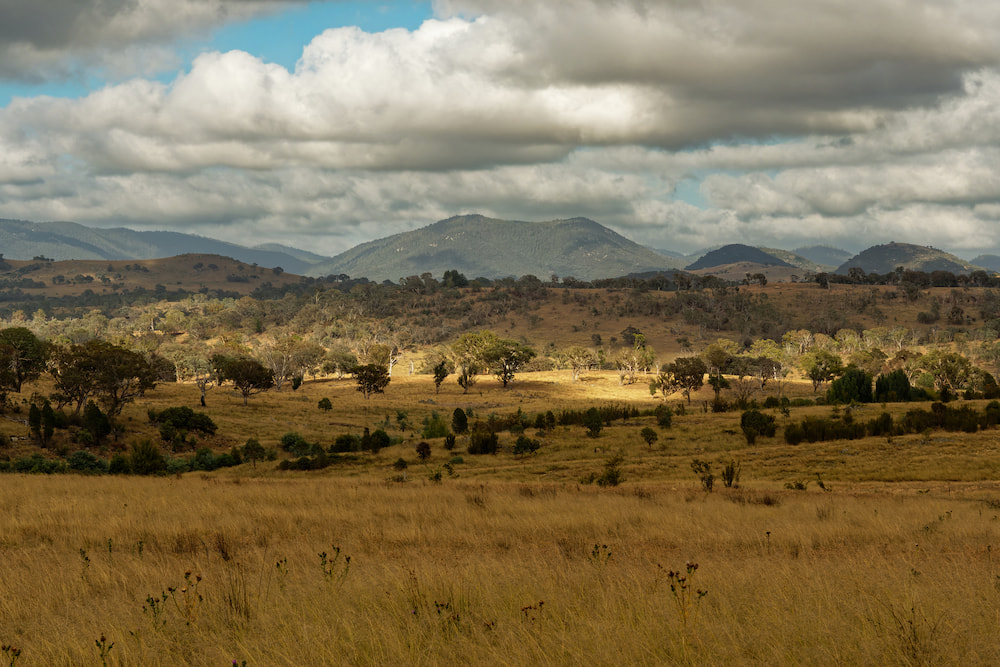The condition of ACT water catchments is improving, according to the latest Catchment Health Indicator Program (CHIP) report, published by Upper Murrumbidgee Waterwatch.
Ten of the ACT’s 95 reaches scored ‘excellent’ ratings – the highest number of ‘excellent’ ratings recorded in the last decade, breaking 2022’s record of eight. Forty-three reaches were in ‘good’ condition, one fewer than last year, and 41 in ‘fair’ condition. Only one reach received a ‘poor’ score. No reaches were considered ‘degraded’.
Above-average rainfall in recent years supported catchment health. Twenty water quality assets, installed in 2019 as part of the ACT Government’s Healthy Waterways program, are improving water quality; 13 more will be built under Stage Two.
However, the ACT State of the Environment Report, published yesterday, found that the ACT’s aquatic ecosystems were under pressure from changes in land use types, degradation of water quality, loss of riparian and other catchment vegetation, the alteration of natural flow regimes, modified river channels, streamflow diversion, fire, and introduced species.
The report also found that the ACT’s current resource use was unsustainable. Its ecological footprint (the land needed to support a population) was nine times the size of the land area.
Urban expansion driven by population growth was another environmental challenge, the report stated. It recommended an increase in population density, in the number of medium and high-density dwellings, and the amount of urban infill compared to greenfield development, in order to minimise the growth of the urban footprint.
The Orroral Valley bushfire and post-fire storms and rainfall caused severe erosion and soil health problems, leading to degrading aquatic ecosystems and damaged infrastructure.
The report noted that the ACT had shown leadership in environmental policy. It was the first Australian jurisdiction to achieve 100 per cent renewable electricity supply; legislate a target for net zero carbon emissions by 2045; set a target to achieve no waste going to landfill; develop regulations to prevent new gas network connections; and set a target date to phase out domestic wood fire heaters.
Nevertheless, evidence to support progress toward environmental objectives was limited, and some outcomes had declined: in 2022, the ACT ranked only fourth out of Australian states and territories in its efforts to phase out single use plastics; and six new species have been added to the ACT Threatened Native Species List since 2019.
Rebecca Vassarotti, ACT Minister for the Environment, Parks and Land Management, said the report showed the government must prioritise protection of the environment in all decisions.
“Our environment is in crisis,” Ms Vassarotti said. “Urban expansion, bushfires, and rising temperatures are all contributing to the decline of the bush capital.”
Likewise, Shane Rattenbury, Minster for Water, Energy and Emissions Reduction, said the government must restore waterways and improve the quality of water entering creeks, rivers, lakes and ponds.
Their ACT Greens colleague Jo Clay, Spokesperson for Planning, said the report underscored a desperate need for the ACT Planning Minister, Chris Steel, to build housing without destroying the environment.
“Canberra has nearly the same footprint as Sydney, with a fraction of the population. This irresponsible and destructive way of development must stop…
“If we build more houses in the places we already live, we can deliver quality homes for Canberrans. Even better, we can do it faster without destroying the homes of animals and plants in the process.”
The Government will formally respond to the 2024 State of the Environment Report.



